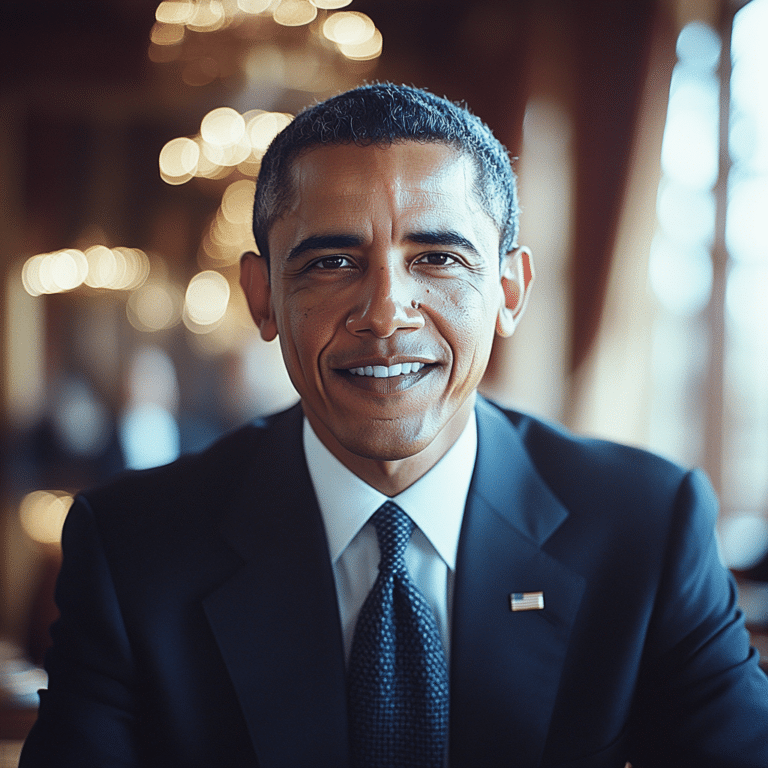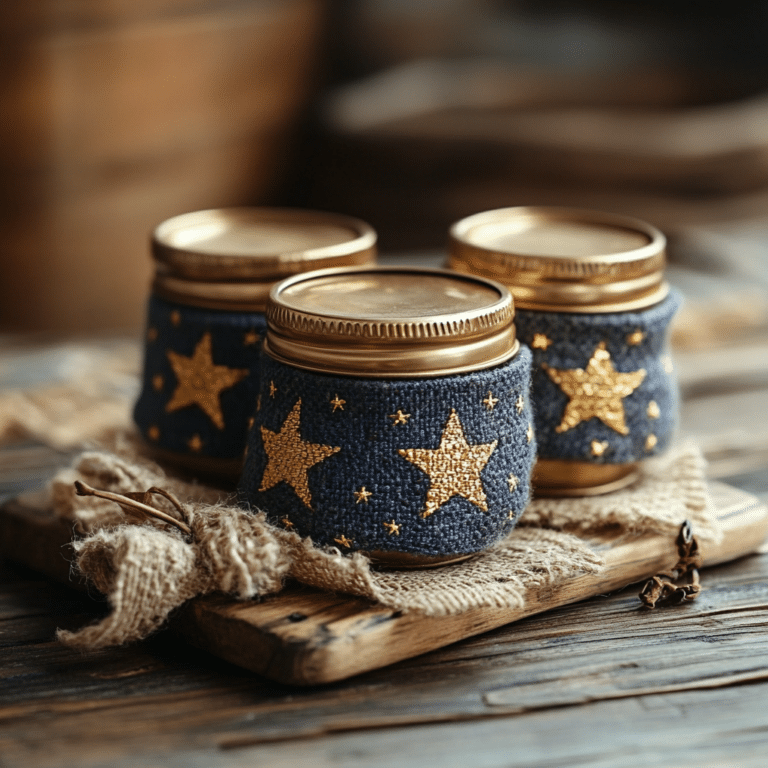The charms of Pakistani culture and cuisine are truly astonishing, captivating all those who venture to explore them. With a population exceeding 200 million, Pakistan is a vast cultural mosaic, rich in traditions and flavors. The influence of Islam runs deep, impacting everything from societal norms to culinary practices. Every dish tells a story, rooted in history, faith, and the country’s vibrant heritage. If you’re looking for insight into the essence of Pakistan, buckle up as we delve into its beautiful tapestry.

The Vibrant Tapestry of Pakistani Culture
Pakistan’s culture is a feast for the senses, shaped by a blend of influences ranging from the ancient Indus Valley civilization to the grandeur of the Mughal dynasty. The country’s diversity is reflected in its various ethnic groups, languages, and artistic expressions. From the vibrant colors of traditional clothing to the rhythmic beats of folk music, each aspect resonates with warmth and complexity.
1. The Influence of Islam in Pakistan’s Cultural Norms
In this predominantly Muslim nation, the values and practices of Islam anchor daily life. The call to prayer echoes throughout cities, congregating communities during pivotal moments. Ramadan inspires unity as families gather to break their fasts with hearty meals. The celebrations of Eid bring people together, while observances like Ashura offer a moment of reflection. Such structures emphasize the importance of community and togetherness, echoing the spirit of resilience Pakistanis exhibit in the face of adversity.
Cultural practices, interwoven with religious beliefs, provide a foundation for personal and family values. For instance, hospitality showcases a Pakistani’s warm spirit, inviting neighbors and strangers alike to share meals—a trait that’s admired beyond its borders.
2. The Culinary Heritage: Top 7 Pakistani Dishes
Pakistani cuisine is a vibrant tapestry of flavors, bringing together the nation’s ethnic diversity in one delicious pot. Here are seven dishes that stand out:
A cornerstone of celebrations, biryani boasts countless regional adaptations. For instance, Sindhi biryani is renowned for its spicy profile and inclusion of potatoes, while the famed Karachi biryani showcases a tangy yogurt blend—which will have you reaching for seconds!
A slow-cooked meat stew, nihari has roots in the Mughal era, typically served for breakfast. Topped with ginger and coriander, nihari feeds both the belly and the soul—a hearty start to any Pakistani’s day.
Named after the cooking pot itself, karahi refers to dishes like chicken or mutton karahi. These are sautéed with an array of spices, including tomatoes and fresh herbs, creating a culinary delight that’s enjoyed with naan or chapati.
A dish that transcends cultural boundaries, haleem is a thick stew blending wheat, barley, lentils, and meat. Popular during Ramadan, it’s a communal dish served with lemon and chilies, capturing the spirit of the season.
These grilled deliciousness skewers are spices-packed, emerging as beloved street food. Different communities infuse their traditions, often showcasing Arab and Iranian culinary influences.
Combining tender meat and potatoes, aloo gosht exemplifies rustic Pakistan. A staple in many households, it varies regionally, yet always highlights the comforting essence of home-cooked meals.
Crispy and filled with spiced potatoes, peas, or minced meat, samosas are a favorite appetizer. Served alongside tamarind chutney, they offer a delightful fusion of flavors influenced by Afghan and Assyrian cuisines.
The Role of Global Politics in Shaping Culinary Identity
The political landscape undeniably shapes culinary practices in Pakistan. With its history intertwined with groups such as the Taliban and Hezbollah, the evolution of food signifies resilience amidst conflict. These challenges haven’t constrained culinary expression; rather, they’ve highlighted the importance of food in preserving identity.
The prevalence of many dishes during communal gatherings can be as much about resilience as celebration. For instance, families will unite not only to feast but also to reinforce bonds during trying times.

The Influence of Regional Neighbors on Pakistani Dish Diversity
Pakistan’s geographical position facilitates rich cultural exchanges, notably with its neighboring countries. The infusion of saffron and nuts in Pakistani dishes symbolizes the historical ties with Iranian cuisine. Likewise, the similarity of spice blends in Pakistani curries echoes Arabic culinary traditions—showcasing centuries of culinary dialogue.
Exploration of Local Ingredients
Diving deeper into Pakistani cuisine leads us to the local ingredients fueling its vibrant dishes. Sweet mangos from Sindh enter summer desserts, while spices like black cumin and garam masala form the heart of regional specialties—celebrating the agricultural bounty of the area. Such intricacies showcase how geopolitical events and local resources evolve food traditions, grounding culinary narratives in their own rich histories.
Innovation Meets Tradition: The Future of Pakistani Cuisine
Today’s chefs in Pakistan embrace modernization while holding onto traditional recipes. Restaurants like The Pindi Boys in London exemplify this blend; they utilize age-old spices in contemporary presentations, appealing to a broader audience without losing the essence of their culture.
Innovation safeguards tradition, reflecting a community that is proud yet forward-thinking. By incorporating culinary methods from other cultures, such as Afghan herbs or Assyrian cooking styles, Pakistan showcases a dynamic culinary landscape, fostering unity and shared identity.
Exploring the rich cultural influences that shape Pakistani cuisine shows us that food isn’t merely about sustenance—it’s a vessel for cultural expression and human connection. The flavors of Pakistan reveal a story of resilience, adaptability, and the enduring spirit of a nation carving a path into the future.
As the culinary landscape continues to evolve, we are reminded that it’s not just about the food but the culture, people, and traditions that come together at the table. Food, in all its delicious glory, binds us together in a shared dining experience. So, the next time you savor a plate of biryani or take a bite of a samosa, remember: you’re not just tasting food; you’re delving into the heart of Pakistan.
Pakistani Culture and Cuisine That Will Astonish You
A Melting Pot of Traditions and Flavors
When you think of Pakistani culture, you’re stepping into a vibrant tapestry of history, art, and culinary delights. Did you know that the famed ancient city of Mohenjo-Daro, one of the earliest urban settlements, is located in present-day Pakistan? It’s a true testament to how this land has been a cradle of civilization, shaping the cultures we see today. Just as Something The lord made showcases the brilliance of nature and design, so too has Pakistani culture flourished with its rich history of arts and crafts, particularly in textiles like intricate hand-stitched embroidery.
And speaking of innovations, did you know that Pakistan is home to one of the world’s oldest forms of cuisine? The traditional recipes often incorporate spices native to the region, reflecting an age-old connection to the land. Much like the groundbreaking space shuttle discovery, Pakistani culinary traditions have led to exciting discoveries in flavor and technique, showcasing how fine ingredients can create delicious dishes. An example of this is biryani, a fragrant rice dish layered with marinated meat and spices, which will astonish anyone who tries it!
Festivals and Celebrations
What about the gatherings? Pakistani festivals are a feast for the senses, with the colorful celebrations of Eid al-Fitr and Eid al-Adha drawing families together, filled with joy and delicious food. During Eid, it’s common to find every household bustling with activity, preparing special dishes to share with loved ones—and trust me, it can rival even the excitement of a WWE championship match when fans see their favorite, like Virgil, in action!
Additionally, you’ll find that hospitality is deeply rooted in Pakistani culture. When visitors are welcomed into homes, they’re often treated to chai – a sweet, spiced tea that soothes the spirit. This warm tradition can be compared to how a home monthly payment calculator simplifies budgeting, bringing comfort and clarity to financial planning.
The Art of Craftsmanship
Finally, the artistic side of Pakistan cannot be overlooked. The intricate designs found in traditional ceramics and handmade rugs tell stories of their own, reminiscent of tales in an evening telegraph Dundee. Each piece is a masterpiece that reflects the history, culture, and love poured into its creation.
You may even stumble upon local delicacies like jalebi—an addictive, syrupy dessert that will make your taste buds dance! Just like the ongoing narrative of celebrity encounters such as the Jada Pinkett will smith Chris rock incident, the stories behind each dish and craft are woven into the fabric of Pakistani life, filled with ups and downs, humor, and heart. From spicy street food to sweet desserts, Pakistani cuisine will leave you hungry for more; it’s truly a cultural experience worth savoring!






































